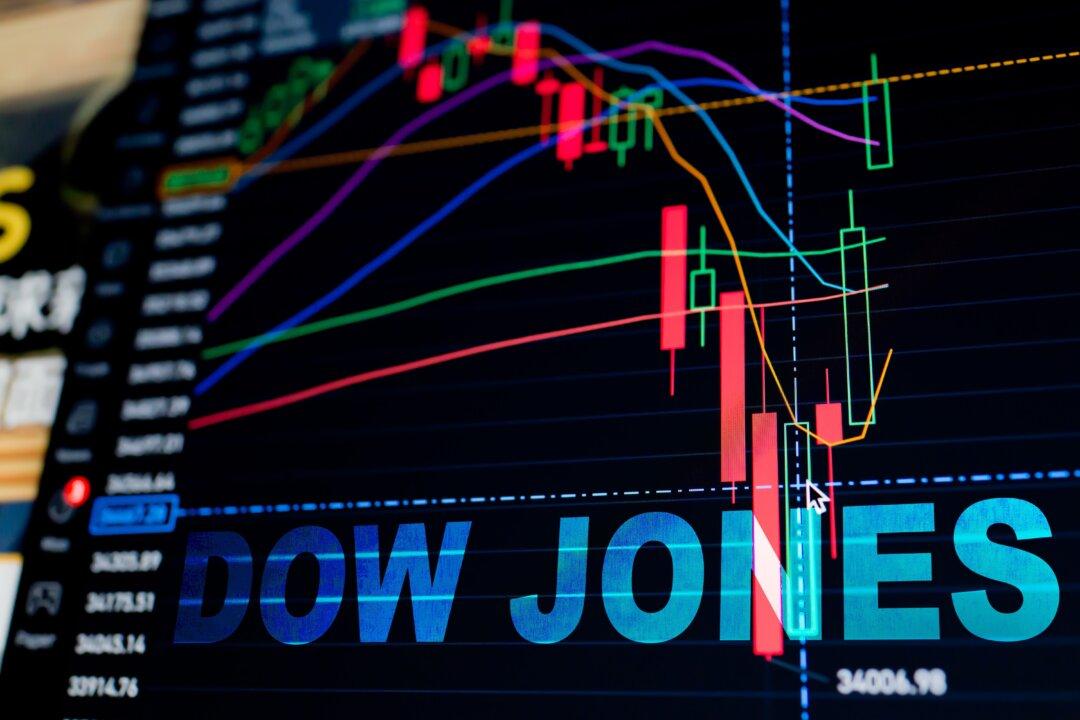WASHINGTON—Friday’s jobs report for May could provide some evidence of the forces that will drive the U.S. economy over the next year.
So far, the economy has lurched through 2015. Momentum coming out of last year was derailed by a rising dollar depressing exports, a nasty winter freezing spending and cheaper oil damaging energy companies.
Consumers, the main driver of the U.S. economy, remain fairly cautious. Factory orders have dropped. During the first three months of 2015, the economy actually shrank.





